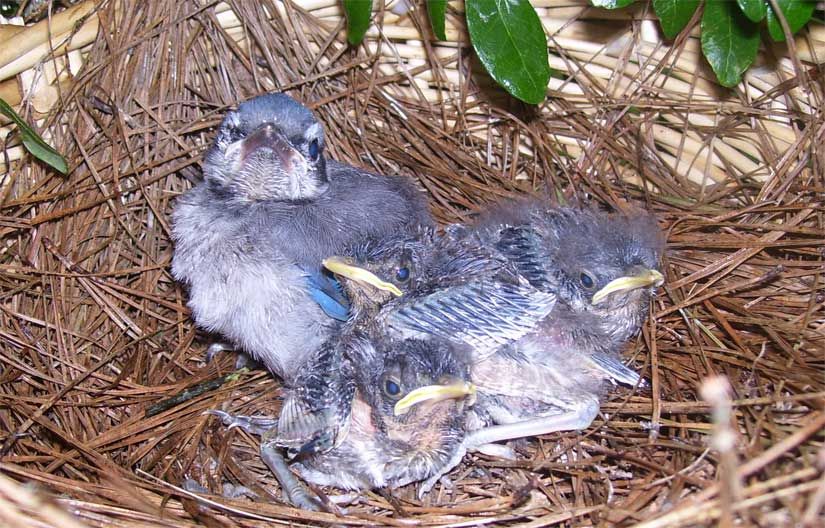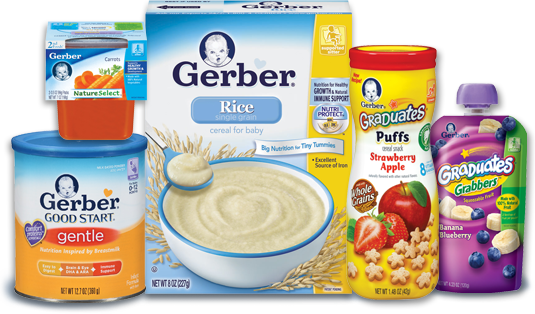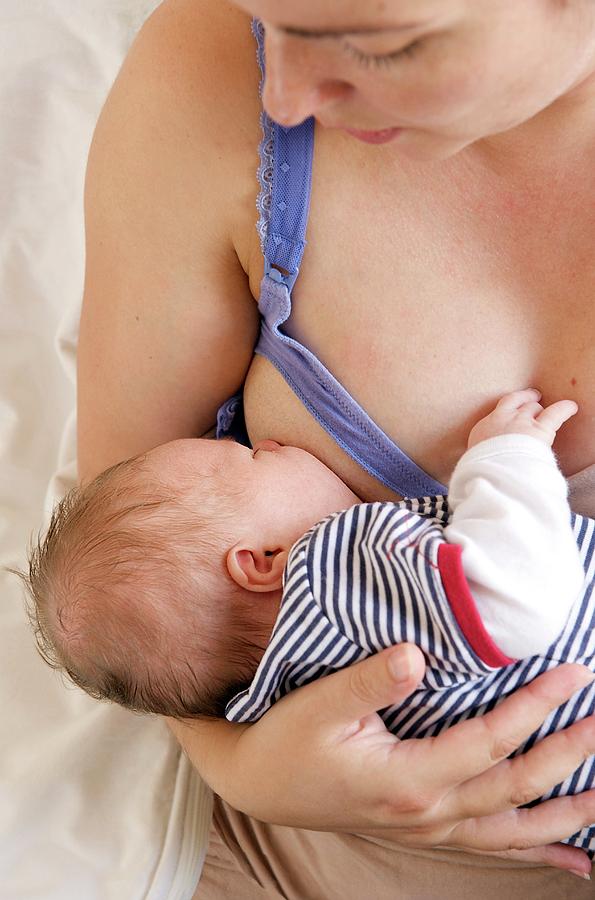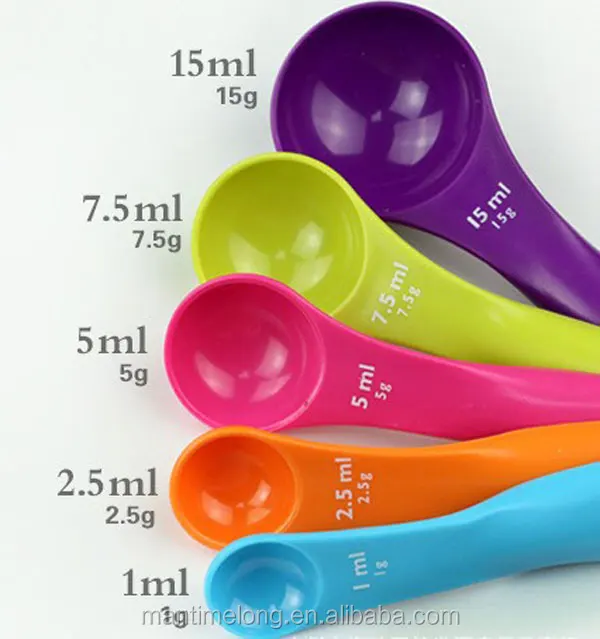Brown rice for baby food
Brown Rice for Babies: Age, Benefits, Best Preparations
As a new parent, you want to start your child off with a nutritious diet that includes plenty of whole grains. Of the many baby-friendly grain choices to introduce, it’s not uncommon for rice to be first on your list, especially in the form of rice cereal or porridge.
But however you serve rice on that rubber-tipped spoon, there’s no getting around one basic question: brown or white? Does it matter which you feed your child?
Brown rice is an extremely nutritious grain with lots of health benefits for babies (more so than white rice). Ready to rice, rice baby? We’ve got the details on how, when, and why to offer this nutrient-rich grain to your infant.
According to the American Academy of Pediatrics (AAP), you can introduce your baby to solid foods when they’re about 6 months old.
Although there’s no perfect schedule for when to roll out each individual food group, many parents reach for rice cereal as a no-brainer for baby’s first food. After all, it’s convenient, inexpensive, and comes with a perfectly mushy texture for little mouths to gum.
Whether rice cereal is made with brown or white rice, it’s OK for babies to eat from an early age.
But what about serving your kiddo individual brown rice grains, which can be quite chewy? Surprisingly, even these foods can hit the high-chair tray as early as 6 months.
“For babies who are doing baby-led-weaning (i.e., finger foods starting at 6 months) and older babies (9 to 15 months), brown rice can be introduced in a variety of finger foods, such as salmon rice balls, vegetarian bean patties, sushi rolls, etc.,” says pediatric dietitian Amy Chow, RD.
As always, just watch your child closely for any signs of choking as they eat.
Even though brown rice gets the all-clear on baby’s plate, you’ll want to avoid it in their sippy cup. “Don’t offer rice-based beverages as a main milk alternative to children under 2 years of age,” advises Chow. For older babies’ and toddlers’ nutritional needs, whole dairy milk offers superior nutrition.
When making your own grain choices, does a voice in the back of your head whisper, “Choose the brown one”? You’re probably aware that brown rice is a whole grain, and that whole grains are a building block of a healthy diet. In fact, the Department of Agriculture recommends making half our grains whole.
Whole grain brown rice isn’t just a healthy choice for grownups. It offers nutritional benefits for babies, too. “Nutrients found in brown rice include healthy carbohydrates, protein, fiber, B vitamins, manganese, selenium, magnesium, as well as antioxidants,” says Chow.
The complex carbohydrates in brown rice promote feelings of satiation, keeping baby tummies full and happy. Its substantial fiber content of 2 grams per quarter cup may also prevent much-dreaded infant constipation.
Antioxidants, meanwhile, stave off cellular damage, while the micronutrients in brown rice help baby’s body and brain develop.
In the last several years, reports have circulated about the potentially alarming content of arsenic in rice. Due to these concerns, some parents have yanked rice from their children’s diets. (Because, um, no one wants to feed their kid poison, right?)
Due to these concerns, some parents have yanked rice from their children’s diets. (Because, um, no one wants to feed their kid poison, right?)
“Rice absorbs arsenic from the soil when it grows, and brown rice has higher levels of inorganic arsenic than white or wild rice because it contains the bran, the outer layer of the grain,” explains Chow.
It’s true that long-term exposure to high levels of arsenic can contribute to increased risk of certain cancers, Chow says.
Fortunately, public health organizations have taken action to reduce risks of arsenic toxicity for infants. In 2020, the Food and Drug Administration (FDA) issued new guidance for rice cereal manufacturers, requiring less than 100 parts per billion of detectable arsenic in their products.
As of 2018, 76 percent of samples tested were already below this threshold — a significant improvement over those tested from 2011 to 2014.
You can also take steps to minimize the levels of arsenic in home-cooked rice.
“Cooking rice in excess water (from 6 to 10 parts water to 1 part rice) and draining the excess water can lower from 40 to 60 percent of the inorganic arsenic content, with some variation based on the type of rice,” says Chow. (Just note that this will result in some nutrient losses as well.)
Brown rice isn’t among the top eight food allergens, which are responsible for 90 percent of dietary allergies, so an allergy to this grain is relatively rare.
However, that doesn’t mean it’s impossible for your child to have an allergic reaction to brown rice. Proteins in foods are responsible for causing allergic reactions, so people (including babies) can be allergic to just about anything that contains protein.
Yep, it stinks, but there’s a silver lining: Babies do sometimes outgrow food allergies.
Introduce just one new food at a time to your child in order to monitor for signs of an allergic reaction.
If your kiddo has the following symptoms after eating brown rice, consult a pediatrician as soon as possible:
- a red, itchy rash
- hives
- wheezing
- vomiting
- diarrhea
- difficulty breathing
They can help you determine whether your child has a food allergy.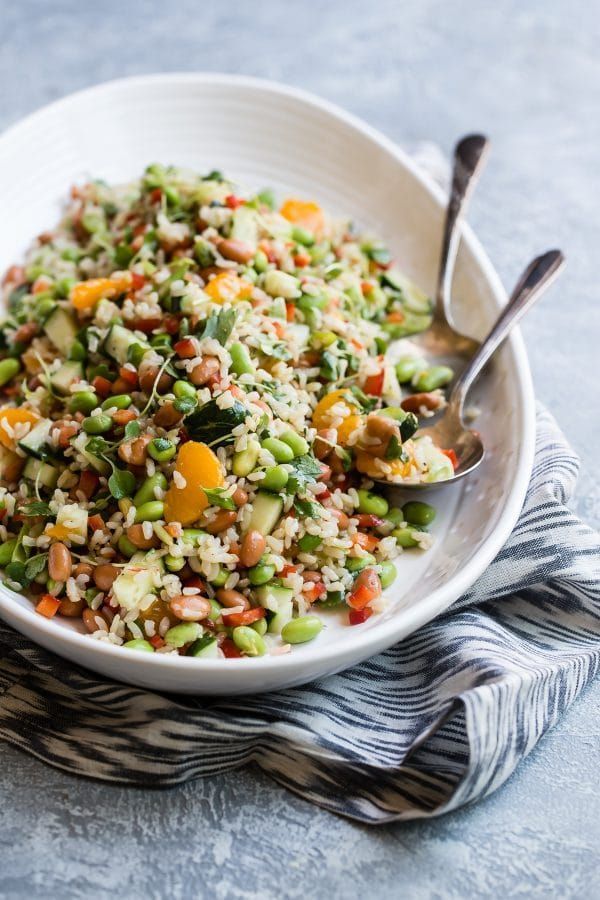
For such a simple food, brown rice comes with a variety of options for purchasing and preparing. In choosing the right type for your child, it can be tough to separate the wheat from the chaff (wrong grain, but you get the idea).
Every baby is different, but you can watch for signs of readiness that indicate which type of brown rice is best for their unique stage of development.
“For younger babies (6 to 9 months), they are only able to use palmar grasp and will have difficulty picking up small little pieces such as brown rice,” says Chow. For children at this developmental stage, brown rice cereal may be your best bet.
When purchasing cereal, be sure to choose one that has been fortified with iron. “Fortified rice cereal can be one of the many iron-rich food sources to help meet iron needs at this stage in an age-appropriate format,” Chow notes.
Meanwhile, infants ready for baby-led weaning can sample an array of finger foods based on cooked brown rice, such as rice balls or stir-fries. Got a toddler who’s working on silverware mastery? Offer mixed dishes like fried rice, casseroles, or soups.
Got a toddler who’s working on silverware mastery? Offer mixed dishes like fried rice, casseroles, or soups.
If you’ve ever cooked brown rice, you know it takes its sweet time on the stovetop, compared with the white variety. That’s because the outer bran — where most of its nutrients lie — is tougher and takes longer to soften up.
With a little patience, though, you’ll get a highly nutritious finished product that’s worth the wait.
To make a simple batch of brown rice, bring one part rice and two parts water to a boil in a pot, then cover and let the grains simmer until tender. (This may take up to an hour.)
Want to speed things up? Try making the grains in a pressure cooker or opt for a microwaveable variety. (There’s also a lesser-known, easy-cleanup, baked version below.)
Store cooked brown rice in the refrigerator in an airtight container for up to 4 days, or freeze for up to 6 months.
Sure, brown rice may take a while to reach chewy perfection, but once it’s made, it’s extremely versatile in easy, baby-friendly recipes.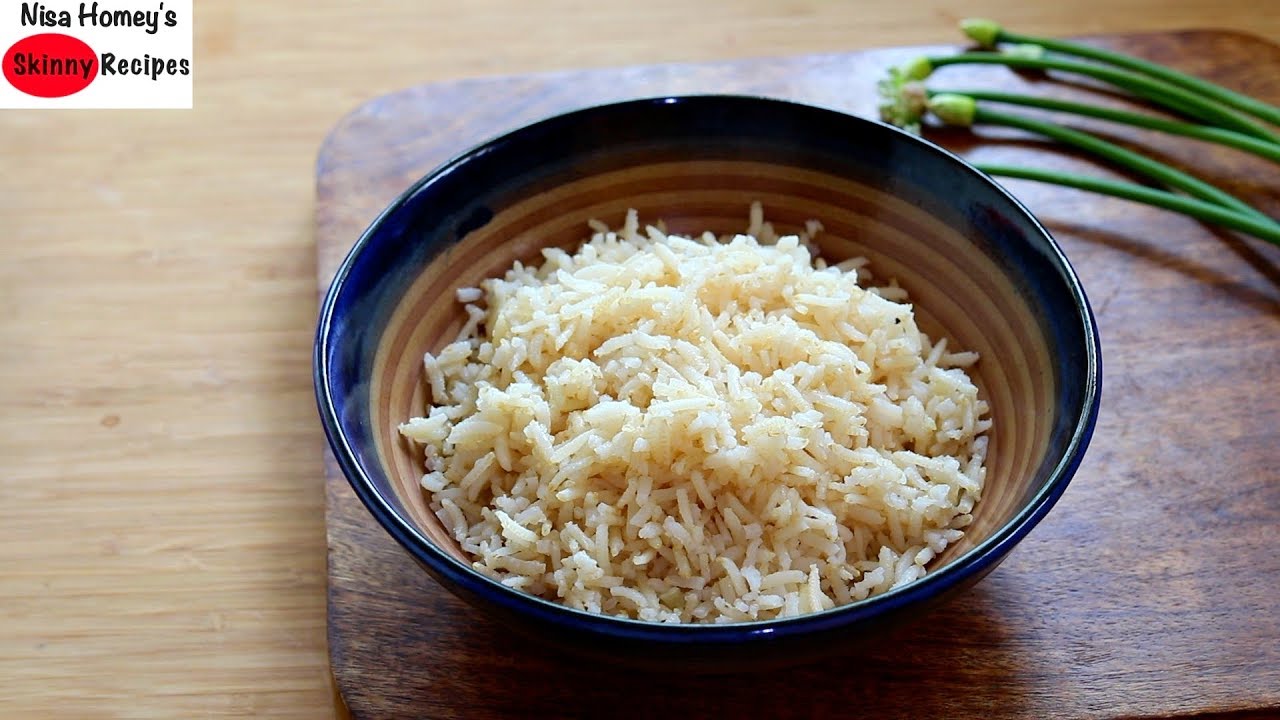 Try any of these for your little eater:
Try any of these for your little eater:
- homemade brown rice cereal from Weelicious
- easy veggie “fried” rice from Baby Foodie
- baked crispy rice balls from One Green Planet
- brown rice and pumpkin porridge from My Korean Kitchen
- brown rice pudding from Tastes Better from Scratch
- easy baked brown rice from A Love Letter to Food
Whether in the form of cereal, soup, balls, or plain grains, brown rice will add fiber, protein, and micronutrients to your child’s diet. Help them develop a taste for whole grains by serving brown rather than white rice as often as possible.
Why Brown Rice Is Good For Babies
The fiber-rich cereal provides several nutrients, so offer them as sweet or savory.
Research-backed
MomJunction believes in providing reliable, research-backed information to you. As per our strong editorial policy requirements, we base our health articles on references (citations) taken from authority sites, international journals, and research studies.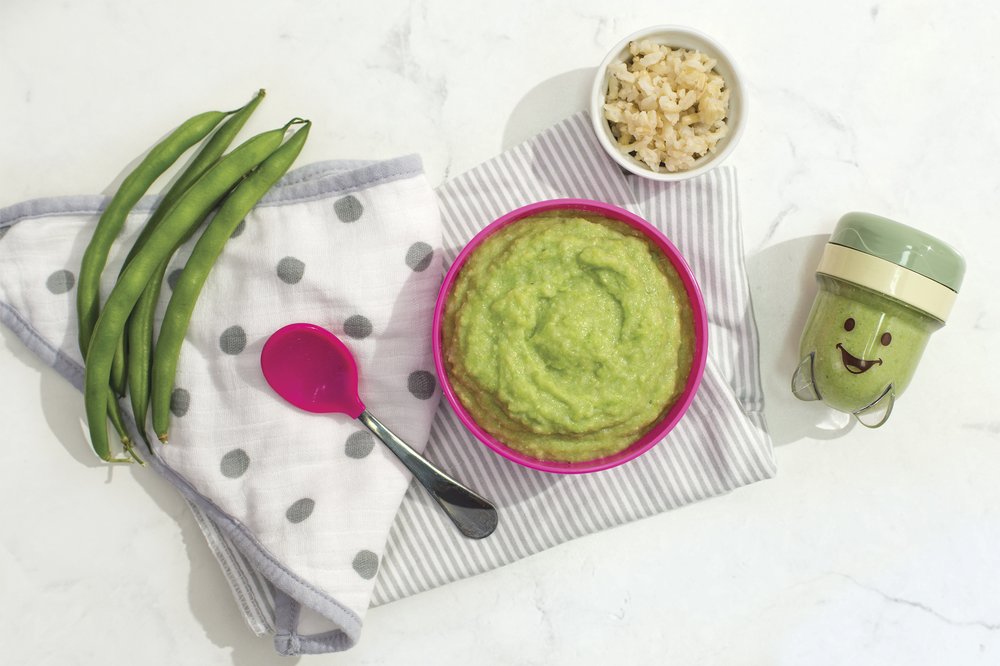 However, if you find any incongruencies, feel free to write to us.
However, if you find any incongruencies, feel free to write to us.
Image: Shutterstock
Rice cereal is usually the first choice of many parents when they start their babies on solids. In addition, many parents may consider brown rice for babies as their first choice of grain since it is allergen-free. While it is a choice of many adults, parents may want to know why brown rice is good for babies. Brown rice is considered one of the healthiest and most-studied types of rice. It is dense in fiber and nutrition, and therefore, brown rice cereal is the perfect first food for your baby. Read this post to know more about the benefits, nutritional facts, risks, and interesting brown rice recipes for babies.
When Should You Introduce Brown Rice To Babies?
It is advisable to introduce brown rice to the baby as and when he begins eating solids and the current recommendation to start solids for a baby is six months.
Nutrition Facts of Brown Rice
Babies need nutrient-rich food like brown rice to help maintain rapid growth cycles. Below are the nutrition facts of brown rice as per the USDA National Nutrient Database (1).
Below are the nutrition facts of brown rice as per the USDA National Nutrient Database (1).
| Serving size: 1/2 cup (100g) cooked long-grain brown rice |
|---|
| Amount Per Serving |
| Energy 123 Kcal |
| Total Fat 0.97 g |
| Saturated Fat 0 g |
| Trans Fat 0.26 g |
| Cholesterol 0 mg |
| Sodium 4 mg |
| Total Carbohydrate 25.6 g |
| Dietary Fiber 1.6 g |
| Sugars 0.24 g |
| Protein 2.74 g |
It is also a good source of selenium and a very good source of manganese.
Related: 4 Calorie-Rich Foods You Should Eat While Breastfeeding
Benefits Of Brown Rice For Babies
Image: iStock
- Brown rice is versatile and is rarely allergic to babies.
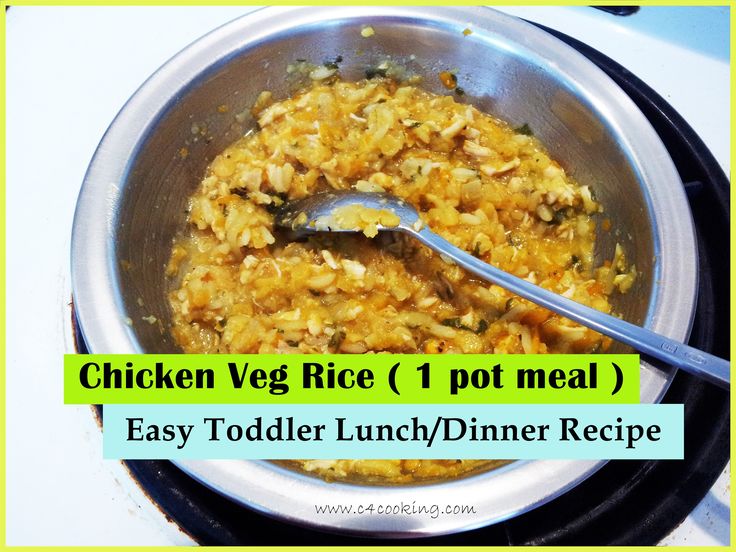
- If your baby is suffering from constipation then fiber-rich brown rice can help as in loosening up the stool.
Risks Associated With Brown Rice Consumption
According to research, traces of arsenic may be present in brown rice. Consumer Reports’ food-safety experts believe those levels do carry a risk.
However, the US Rice Federation says, “Studies show that including white or brown rice in the diet provides measurable health benefits that outweigh the potential risks associated with exposure to trace levels of arsenic (2).”
Related: 9th Month Baby Food: Feeding Schedule With Tasty Recipes
When Do Babies Show Allergic Reactions To Brown Rice?
Babies may suffer allergic reactions if gluten or wheat is included in brown rice. Occasionally, even pure brown rice may cause allergic reactions. It is better to introduce new foods separately with a minimum gap of four days to identify possible food allergies or digestive problems in babies.
How To Select And Store Brown Rice?
Select organic brown rice as it is free of pesticides.
Whole grains can be stored in a cool, dry place for several months. In case of high temperatures at home, store them in the refrigerator. Store milled whole grains in airtight containers, preferably in the refrigerator.
Uncooked brown rice can be stored for almost six months in covered pest-proof containers at room temperature. Refrigerating prolongs shelf life. Storing cooked brown rice can be tricky as it can harbor bacteria leading to food poisoning. It is advisable to cook freshly on the day of feeding for babies.
Points to remember while storing cooked brown rice:
- Do not store cooked brown rice at room temperature to avoid toxin formation.
- Cool freshly cooked rice and store in a covered container in the fridge below 8 degrees centigrade for later use.
- Reheat refrigerated rice until it is piping hot.
- Do not store cooked food for over two days and avoid reheating more than once.
Related: Wheat For Babies: Right Age To Introduce And Precautions To Take
The Best Way To Cook Brown Rice
- It is better to cook brown rice in a cooker.
 Cooked brown rice has to be made into a puree before serving the baby.
Cooked brown rice has to be made into a puree before serving the baby. - To cook the brown rice powder, mix 1/4 cup of powder in one to two cups of water. Stir it as you cook to avoid lumps.
Quick tip
To reduce exposure to inorganic arsenic in rice, rinse raw rice thoroughly before cooking and use a ratio of 6 cups water to 1 cup rice while cooking. Drain the excess water afterwards (4).
12 Healthy Brown Rice Recipes For Babies
Image: iStock
Here are some healthy brown rice recipes for babies.
1. Brown Rice Pudding Recipe
Image: iStock
You Will Need:
- 2oz (1/4 cup) cooked brown rice
- 2 dried apricots
- 1/2 small, ripe banana
- 2 tbsp apple juice
- A tiny pinch of nutmeg
How To:
- Soak apricots in water at least for an hour so that they turn soft.
- Blend all the ingredients in a food blender until smooth.
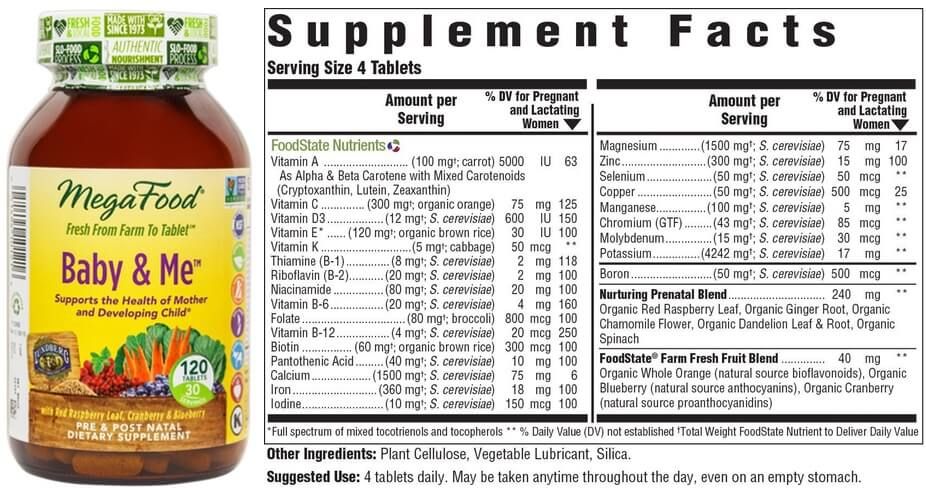
- Add apple juice to adjust the texture.
Quick tip
Add a teaspoon of mixed nut powder to enhance the flavor and health benefits of the dish.
Related: Is It Safe To Drink Apple Juice While Breastfeeding?
2. Savory Baked Brown Rice
You Will Need:
- 8oz (1 cup) brown rice
- 1 stick of celery
- 12 fl oz (1 1/2 cups) homemade stock/broth or water
How To:
- Take rice in a skillet or frying pan and warm over medium heat, constantly stirring, until the rice turns golden brown.
- Chop the celery and saute.
- Take an oven-proof dish, add the celery, water or stock, and rice.
- Cover the dish and place it in an oven that was pre-heated to 350 deg F/180 deg C.
- Cook for 35 to 45 minutes, until the rice absorbs all the water.
- Blend it and serve after the rice gets down to a safe serving temperature.
3. Brown Rice Casserole With Tuna
Image: Shutterstock
You Will Need:
- 5oz (3/4 cup) brown rice
- 10 fl oz (1 1/4 cups) water
- 2oz (1/4 cup) natural yogurt
- 4 fl oz (1/2 cup) milk (breast milk/formula is preferred)
- A pinch of dried tarragon
- 4oz (1/2 cup) celery, chopped
- 6oz (3/4 cup) courgette/zucchini, diced
- 6oz (3/4 cup) tuna canned in water
- 4oz (1 cup) grated Cheddar
How To:
- Bring brown rice to boil.
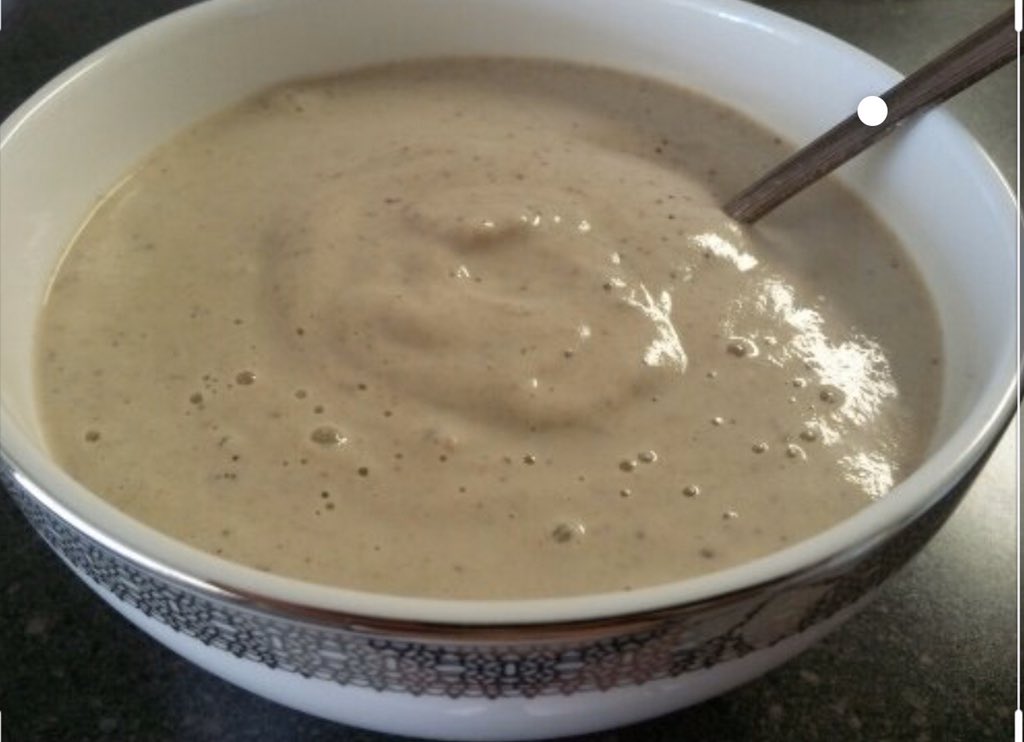
- Cover the dish and simmer the heat for 35 minutes.
- Remove from the heat and mix milk, celery, tuna, tarragon, yogurt, and courgette/zucchini.
- Pour into a baking dish and bake for 30 mins at 350 deg F or 180 deg C.
- Add grated cheddar as the topping.
Point to consider
If using canned fish, opt for canned light tuna as it is low in mercury (5).
4. Banana Cado Brown Rice Mash
You Will Need:
- 1/2 banana mashed
- 1/2 avocado mashed
- 1/2 cup homemade brown rice cereal, cooked
- 2tbs applesauce
How To:
- Mix all the ingredients and mash them
- Serve warm.
- Refrigerate leftovers.
5. Brown Rice And Green Gram Porridge
You Will Need:
- 1 cup brown rice
- 1 cup green gram
- 200ml water
- A pinch of salt or 1/2tsp sugar
- 1/2 tsp ghee
How To:
- Roast brown rice and green gram separately.
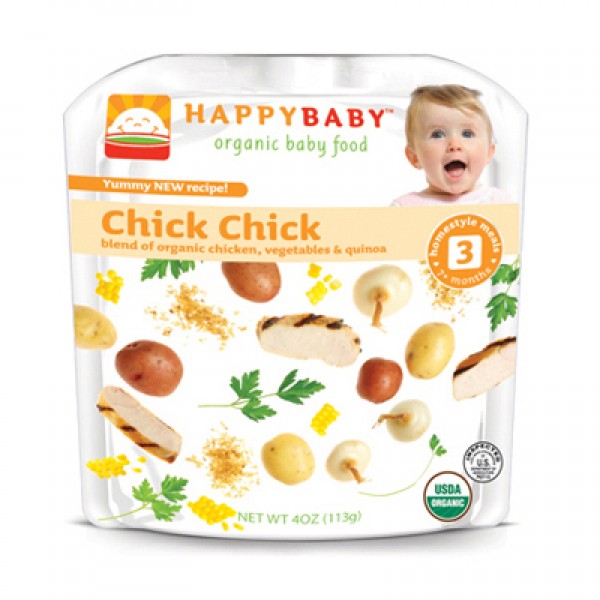
- Powder once they get cooled down. Mix them to make brown rice-green gram porridge powder mix.
- Dilute two spoons of porridge powder mix in 200ml water and cook well.
- Add salt or sugar and ghee.
6. Peach And Brown Rice Breakfast
Image: Shutterstock
You Will Need:
- 1/2 ripe peach
- 2oz or ¼ cup brown rice
- 8 fl oz or 1 cup water
- Formula or breast milk
How To:
- Grind brown rice into flour, using a food processor.
- Peel off the pit from the peach and cut into little cubes.
- Stir in rice powder in boiling water. Simmer the heat and continue stirring.
- Add peach cubes and stir in.
- To adjust the texture, add a little formula or breast milk.
7. Apple And Pear Brown Rice
You Will Need:
- 4 fl oz or 1/2 cup apple juice
- 2 oz or 1/4 cup cooked brown rice paste
- 1oz or 1/8 cup raisins
- 1/2 small apple, peeled and chopped
- 1/2 small pear, peeled and chopped
How To:
- Put all the ingredients into a small saucepan and bring to boil.

- Stir well, reduce heat and cover.
- Allow to cook on simmer for 30 minutes so that the apple juice gets absorbed completely.
- Take off the flame and serve warm.
8. Brown Rice And Fruit Pudding
You Will Need:
- 1 cup cooked brown rice paste
- 1/2 cup dry fruits
- 1/2 tsp nutmeg
- 1-2tbs maple syrup
- 1tbs butter
- 1 ripe banana, chopped
How To:
- Mix the ingredients in a pan.
- Heat the pan for 30 minutes in simmer until the milk gets absorbed completely.
9. Simple Brown Rice Cereal
You Will Need:
- 1/4 cup brown rice powder
- 1 cup water
- Breast or formula milk
- 1tsp sugar
How To:
- Bring water to boil and add rice powder, stirring constantly.
- Keep stirring the mixture for 10 minutes in simmer to avoid lumps.
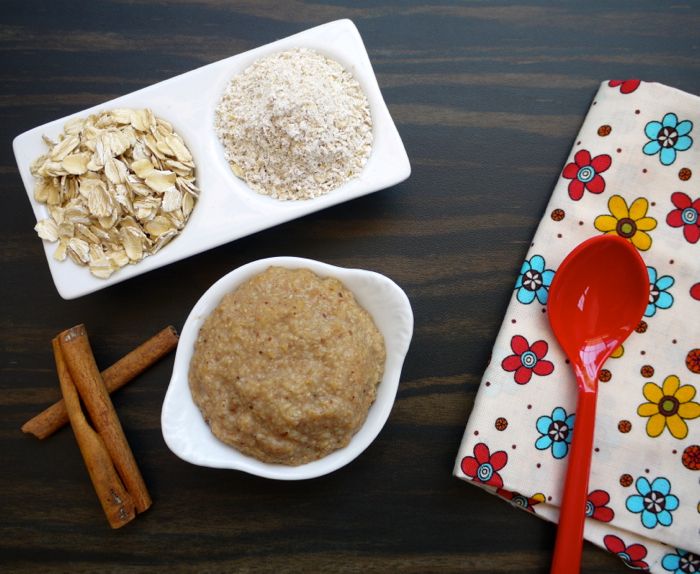
- Add little breast milk or formula milk and sugar.
10. Brown Rice And Pumpkin Porridge
Image: Shutterstock
You Will Need:
- 1tbs brown rice
- 210gm seeded, skinned pumpkin
- 1 cup water
How To:
- Wash brown rice and soak in water for half an hour.
- Meanwhile, wash, cut, and peel the skin of the pumpkin.
- Steam the pumpkin pieces for 20 to 25 minutes.
- Add steamed pumpkin, rice and water into a blender to blend until smooth.
- Transfer the mixture into a small pot to boil on high flame for two minutes.
- Then simmer and constantly stir for five minutes.
- Sieve the boiled porridge and allow it to cool.
11. Brown Rice Congee
You Will Need:
- 3/4 cup short grain brown rice
- 8 cups water
- 1 cup diced apricots
- 1/4tsp salt
How To:
- Place fruit, rice, and water in a slow cooker.

- Cook for six to eight hours on low flame or four to five hours on high flame.
- Check and stir every one or two hours and add water if needed.
12. Brown Rice Khichdi
You Will Need:
- 2/3 cup rice
- 1/3 cup green gram or yellow pigeon pea
- 1tsp ghee
- 3 cups water
How To:
- Wash and soak rice in water for half an hour. Drain water.
- Add rice, green gram (or pigeon pea) and water in a pressure cooker and cook for three whistles.
- Add clarified butter (ghee) after the steam is released.
Quick tip
You may add chopped vegetables of your choice to the khichdi before putting it in the pressure cooker. This will add more flavor and nutrients.
FAQs
1. Why is it good to introduce brown rice at an early age?
It is a good idea to introduce brown rice at an early age to make your baby accustomed to its flavor.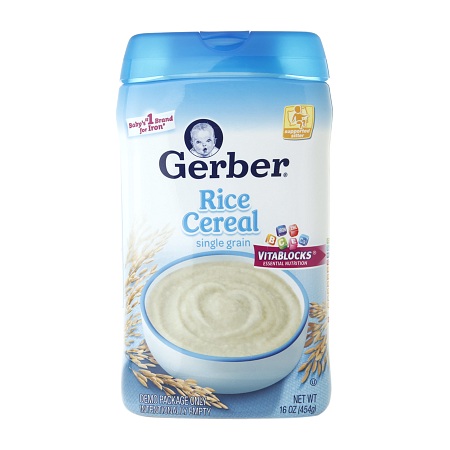 Brown rice tastes nutty and different from white rice.
Brown rice tastes nutty and different from white rice.
2. Why is brown rice better than white rice?
Brown rice is better than refined white rice as it retains most of its nutrients. It is produced by just removing the outermost layer of the germ called hull. But white rice is an outcome of further milling of brown rice, where the bran and germ layer are removed. Further polishing produces polished white rice. These processes make white rice lose many nutrients and health-supportive essential fats. Milling and polishing destroy 90% vitamin B6, 80% vitamin B1, 67% vitamin B3, 50% manganese, 50% phosphorus, 60% iron, and 100% dietary fiber and essential fatty acids.
3. Will it take a longer time to cook brown rice than white rice?
Yes, it takes a longer time to cook brown rice than white rice. However, you may speed up the cooking time by soaking it overnight, and using the exact amount of water needed to cook it. Remember to use the soaked water for cooking the rice to avoid losing any nutrients.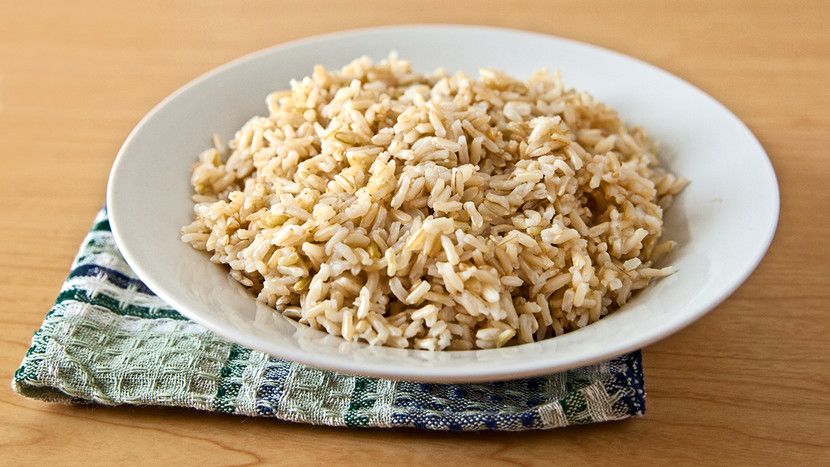
4. Is brown rice syrup good for babies?
Brown rice syrup is used to sweeten some infant formulas and baby foods. Concerns regarding the usage were raised in 2012 when Dartmouth researchers identified that organic formula containing brown rice syrup had six times the safe limit set for arsenic (3). It is important to remember that baby’s everyday foods do not need sugar or other sweeteners.
5. Can I give brown rice milk to my baby?
Brown rice milk is usually unsweetened and does not contain any lactose or cholesterol. It can be given to babies on doctor’s advice, especially if the baby is intolerant to lactose or allergic to soy.
6. Is instant brown rice good for your baby?
Instant brown rice is made by partially cooking and dehydrating the grains. The process reduces nutritional value, taste and texture. It is advisable to use regular brown rice for babies.
7. Is fermented brown rice good for babies?
By using fermented grains, you can increase the digestibility and nutrient value.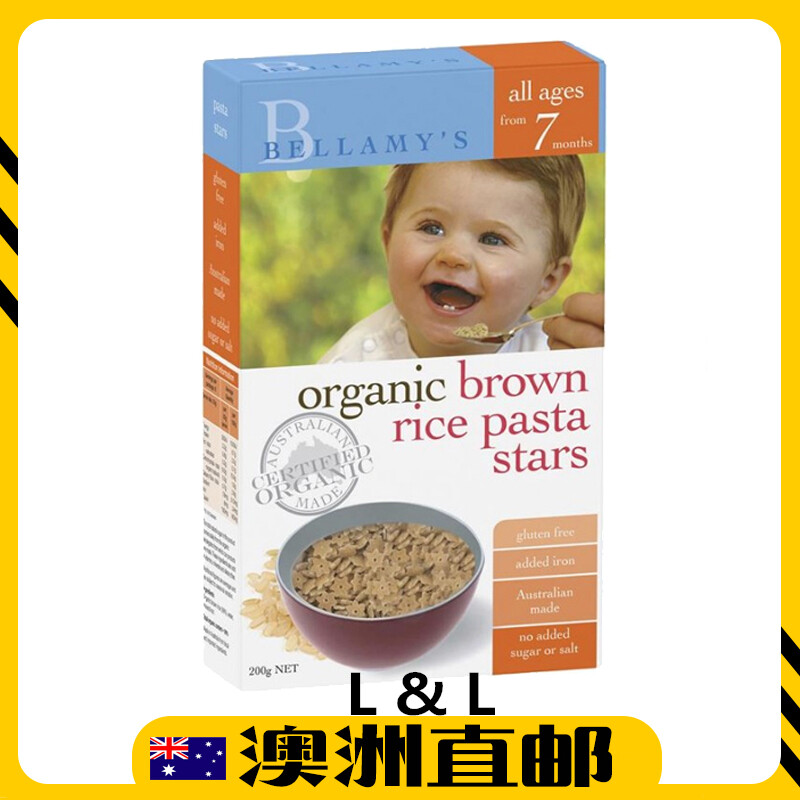 Follow these steps to ferment brown rice.
Follow these steps to ferment brown rice.
- Wash the grains well under running water to clear the debris.
- Put grains in a clean jar and add filtered water.
- Around 24 to 48 hours, the grains may get swollen.
- After 48 hours, drain, wash and cook. Store the remaining fermented brown rice in the fridge for future use.
8. Is brown basmati rice good for babies?
Basmati is long-grained, non-glutinous rice that has the highest content of amino acids and essential nutrients. Brown basmati retains its whole-grain nutritional value and therefore, beneficial for growing babies.
Brown rice is one of the healthiest and most considered forms of rice, as it is high in fiber and nutrients. It is also less likely to cause any allergic reactions. Therefore, brown rice for babies could be good first food. To help your baby eat brown rice in the most delectable form, you may try various nutritious dishes from our list–brown rice pudding, casseroles, porridge, cereal, and khichdi. Choose only organic brown rice and keep it in a cool, dry place.
Choose only organic brown rice and keep it in a cool, dry place.
References:
- Rice brown long-grain cooked (Includes foods for USDA’s Food Distribution Program).
https://fdc.nal.usda.gov/fdc-app.html#/food-details/169704/nutrients - How much arsenic is in your rice?
https://www.consumerreports.org/cro/magazine/2015/01/how-much-arsenic-is-in-your-rice/index.htm - Organic Food Sweetener May Be a Hidden Source of Dietary Arsenic.
https://home.dartmouth.edu/news/2012/02/organic-food-sweetener-may-be-hidden-source-dietary-arsenic - How much arsenic is in your rice?;
https://www.consumerreports.org/cro/magazine/2015/01/how-much-arsenic-is-in-your-rice/index.htm# - Mercury alert: Is canned tuna safe?
https://www.edf.org/oceans/mercury-alert-canned-tuna-safe#
The following two tabs change content below.
- Reviewer
- Author
Swati Patwal is a clinical nutritionist, a Certified Diabetes Educator (CDE) and a toddler mom with over eight years of experience in diverse fields of nutrition.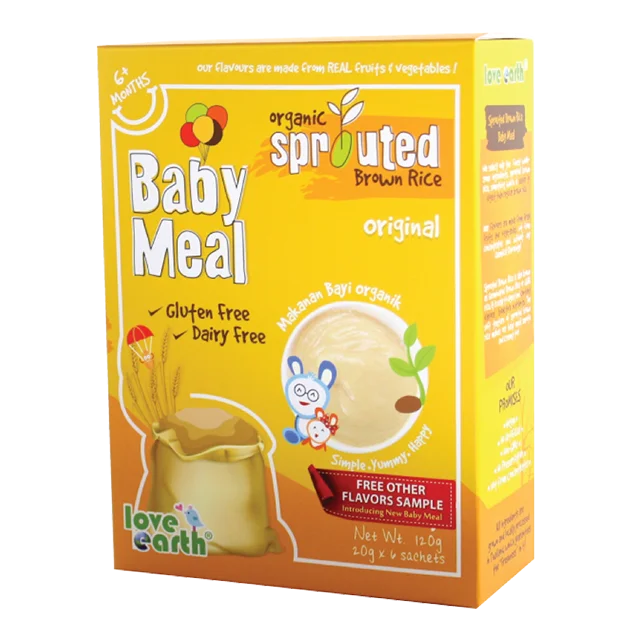 She started her career as a CSR project coordinator for a healthy eating and active lifestyle project catering to school children. Then she worked as a nutrition faculty and clinical nutrition coach in different...
She started her career as a CSR project coordinator for a healthy eating and active lifestyle project catering to school children. Then she worked as a nutrition faculty and clinical nutrition coach in different...
View Profile ›
Nupur Agarwal specializes in Food & Nutrition, Yoga & Reiki Healing. She helps her clients lead a healthy life through a holistic approach that includes nutritious food, yoga, nature care and changes in their lifestyle. Nupur has experience working with corporates, NGOs, and fitness clubs. She is the founder of Prakruthik Health Clinic and is a member of Singapore Nutrition...
View Profile ›
Green Tea In Pregnancy: 6 Benefits And 3 Side Effects
Green Tea In Pregnancy: 6 Benefits And 3 Side Effects
Can Babies Have Coconut Milk? Right Age, Benefits And Precautions
Can Babies Have Coconut Milk? Right Age, Benefits And Precautions
Rambutan During Pregnancy: Safety, Benefits And Side Effects
Rambutan During Pregnancy: Safety, Benefits And Side Effects
11 Tasty And Easy-To-Make Avocado Baby Food Recipes
11 Tasty And Easy-To-Make Avocado Baby Food Recipes
8 Reasons To Limit Junk Food During Pregnancy
8 Reasons To Limit Junk Food During Pregnancy
ORS for Babies: Dosage, Benefits And How To Make It At Home
ORS for Babies: Dosage, Benefits And How To Make It At Home
10 Yummy Pasta Recipes For Toddlers
10 Yummy Pasta Recipes For Toddlers
Dragon Fruit For Babies: Benefits, Precautions, And Recipes
Dragon Fruit For Babies: Benefits, Precautions, And Recipes
8 Amazing Benefits Of Pepper During Pregnancy
8 Amazing Benefits Of Pepper During Pregnancy
Rice porridge - Encyclopedia Baby food
Victoria Levchuk©
Rice porridge is ideal for the first feeding, as it does not contain gluten.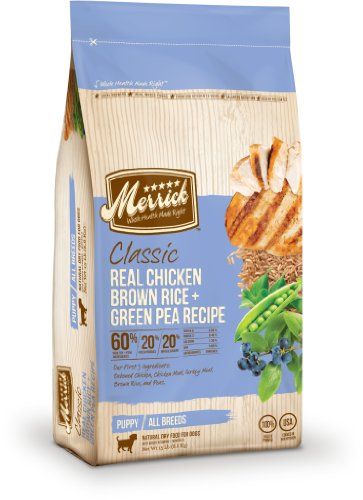
Rice is different, so you can find on sale long-grained, medium-grained, round-grained, and rice also differs in color: white, brown, wild or black, yellowish. The most ideal option for usefulness for baby food is brown rice, which retains the shell of the cereal, which is the benefit. But you can use any kind of rice for baby food. nine0007
Brown rice and any other rice are unlikely to cause allergic reactions, the absence of gluten contributes to this. Nutritious and versatile, brown rice can be paired with any meal your child loves.
Brown rice is an unpolished, minimally processed rice that is brown in color and has a slight nutty flavor.
Brown rice is more nutritious than white rice. This is because it is unrefined and the natural shell is preserved. Brown rice on the Russian market is a little more expensive than regular white rice, but it's worth it. Moreover, you can cook rice flour for baby porridge at home without industrial additives, which will reduce the risk of allergic reactions.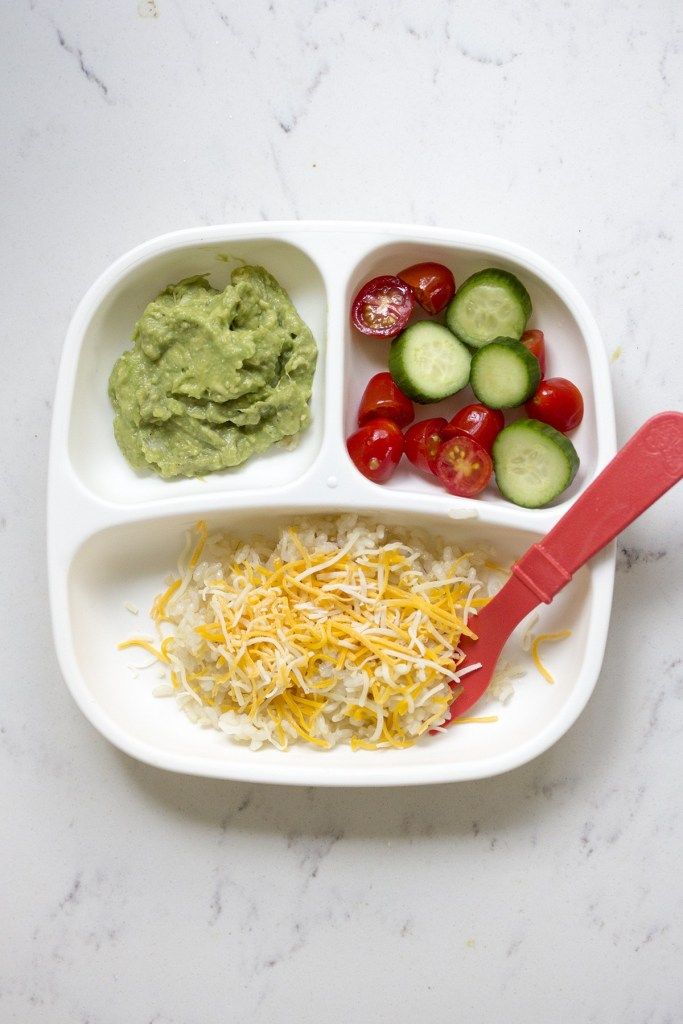 nine0007
nine0007
Table of contents:
Rice in the form of porridge can be introduced into complementary foods for a child from 4 months of age. However, it is necessary to remember the WHO recommendation to introduce complementary foods at the age of 6 months.
The second step in starting complementary foods is to identify the first type of complementary food and the first product (see here). Usually mothers have a choice between cereals and vegetables, if there is a lack of weight, then, most likely, cereals are introduced into the baby's diet. But buckwheat and rice are considered the first complementary foods. Most often, buckwheat is chosen as the first porridge, since the child's stool most likely will not change. But rice porridge strengthens, it is ideal as a therapeutic diet for diarrhea. nine0007
But it should not be discarded and it can be introduced as the first complementary food, as it is easily digested, coats the stomach, helps to remove toxins from the body, and is often recommended for unstable stools and frequent spitting up. It is also necessary to note the nutritional value of rice, with its low calorie content, which is useful for overweight. Rice also helps the body meet the need for complex carbohydrates, which are then used to build muscle mass and feel full for a long time. nine0007
It is also necessary to note the nutritional value of rice, with its low calorie content, which is useful for overweight. Rice also helps the body meet the need for complex carbohydrates, which are then used to build muscle mass and feel full for a long time. nine0007
Rice is introduced into complementary foods like any new product, it is necessary to withstand the first 4-7 days to monitor the reaction of the child's body to a new product. Usually, butter is introduced along with porridge, so if a child is about 7 months old and porridge is introduced, then butter must also be introduced, also as a new product. With an undesirable reaction of the child's body in the form of worsening stools, rashes, etc. consult a doctor and stop giving rice.
How to select and store rice
It is best to choose local varieties of rice, as they travel less from seller to buyer. Our Krasnodar rice is ideal for baby food. Moreover, there is brown rice of Russian production, but you need to look for it.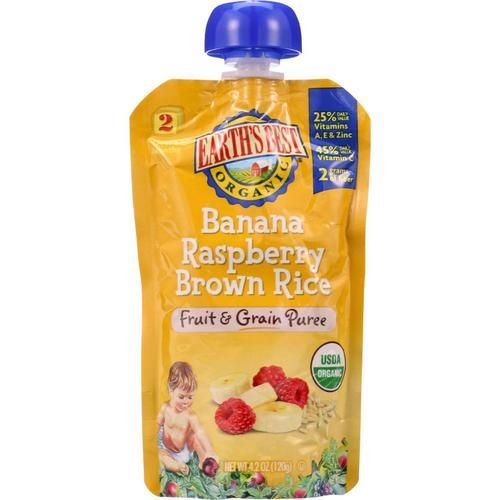 It will be difficult to choose rice, since there are more than 150 types, and it also differs in the way it is processed: polished, unpolished, steamed. nine0007
It will be difficult to choose rice, since there are more than 150 types, and it also differs in the way it is processed: polished, unpolished, steamed. nine0007
Therefore, mothers usually use rice, which the whole family eats for a long time. You can, of course, buy brown rice for your beloved baby, but this is decided individually with the pediatrician and at the family council.
When choosing rice, you should pay attention to the appearance of cereals, which should be the same size in the whole package. If it is long-grain rice, then round-grain rice should not be found in the package. It is also worth checking for the presence of larvae, insects, checking the GOST sign and making sure that the rice does not smell of anything nasty. nine0007
Whole grains can be stored for 12 to 18 months in a cool, dry, dark place. If the temperature becomes extremely warm in the house, you can store the grains in the refrigerator. However, do not forget to look at the expiration date on the package.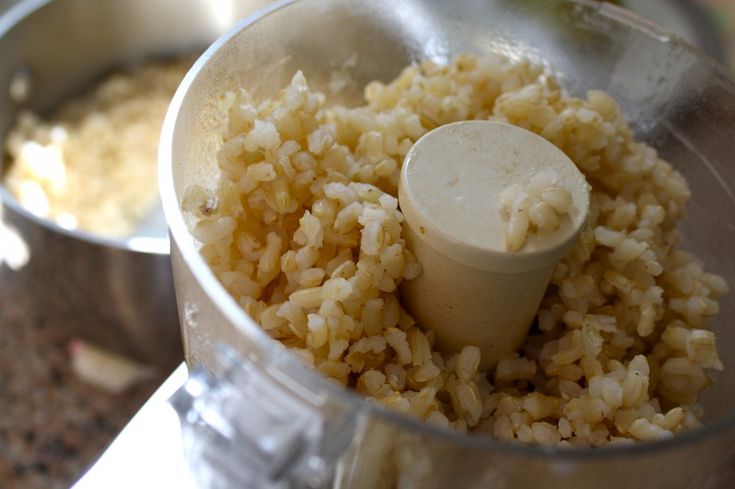
Cooked rice is stored for no more than three days, for a child it is worth preparing a new porridge every time.
Ground whole grains such as rice flour should be stored in an airtight container in the refrigerator. Flour can be stored in a cool, dry place, but should be checked frequently. nine0007
When the grain is ground, the natural oils found in the rice can become rancid if left unrefrigerated. When buying any type of ground whole grain, it's best to buy a smaller amount to ensure it's used quickly and completely before it goes rancid.
By the way, brown rice should be stored in the refrigerator, and preferably in the freezer. If such rice is stored in the kitchen at above zero temperatures, then the oils begin to oxidize, which makes brown rice harmful. nine0005
Freezing rice or mashed rice
Freezing rice porridge does not behave very well, namely it becomes too soft and tasteless, therefore, it is best to freeze multi-ingredient dishes where there is very little rice porridge.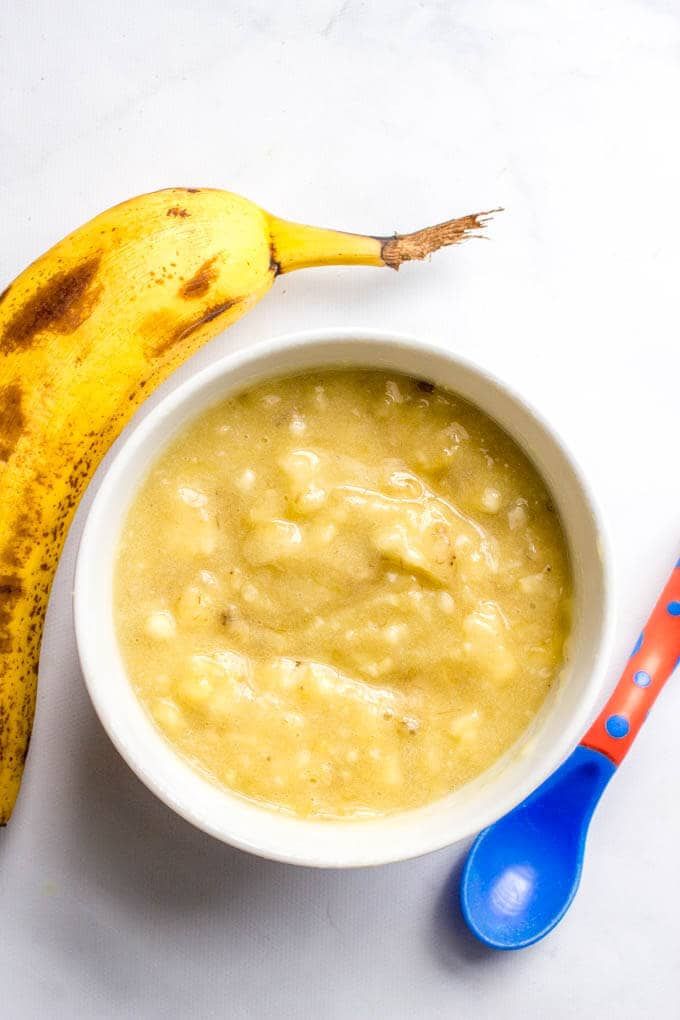 Boiled rice is better than frozen rice porridge. Here's how food behaves after freezing.
Boiled rice is better than frozen rice porridge. Here's how food behaves after freezing.
Preparation of complementary foods: Rice
You can use a rice cooker, slow cooker, steamer and just a pot of water to cook rice porridge. Usually, rice in its pure form is not very suitable as the first complementary food, because after cooking it, whipping it into a homogeneous mass with a blender and other devices turns out badly, only a plastic grater will help, but it will take a lot of time. Therefore, rice must be prepared for the preparation of baby food. You need to pass it several times through a regular cereal mill, which is not difficult to buy in any store. Someday I will write a review of two mills that I have at home, one Soviet, the other modern. It turns out ordinary rice flour, from which it is easiest to cook children's rice porridge. nine0007
Approximately ¼ cup of rice flour uses 1-2 cups of water, depending on final consistency and child's preference. Next, rice flour is poured into boiled water, everything is whipped with a whisk to get rid of lumps.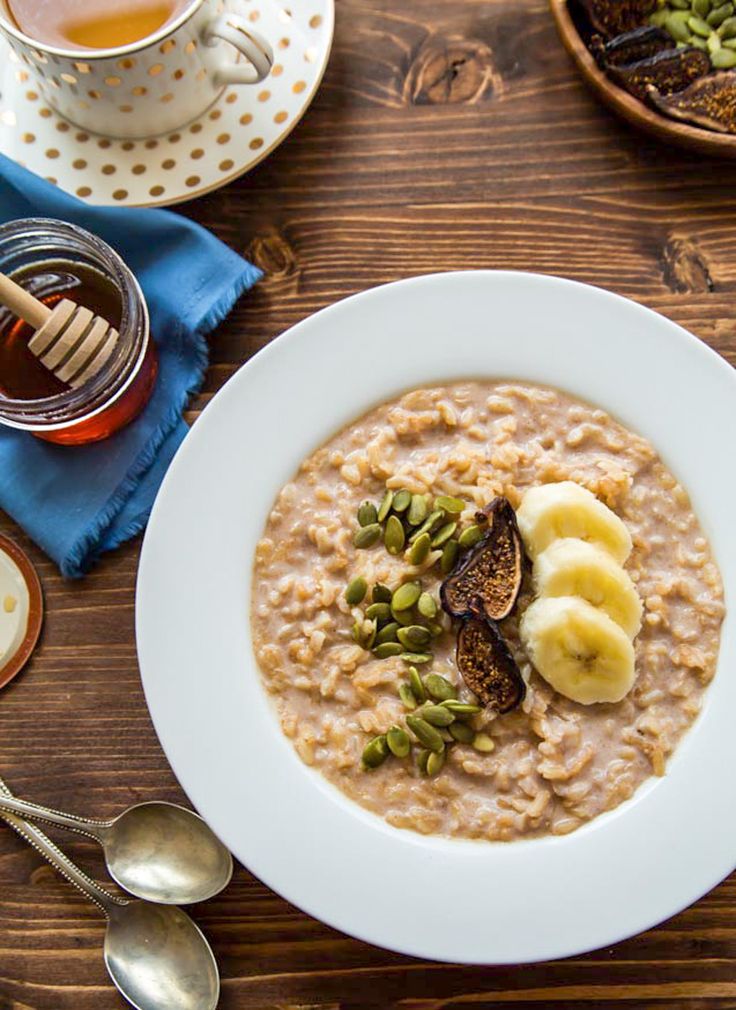 Then everything is cooked over low heat until cooked, see the recipe here.
Then everything is cooked over low heat until cooked, see the recipe here.
I think everyone knows how to cook whole grain white rice, but remember, wash in several waters, you can soak for 1 hour, simmer for the first time, stirring until the rice is ready. nine0007
There is another original way to cook rice, but it is worth trying to understand whether it suits you or not.
Wash rice, boil water, add rice, cook at a boil for 1 minute, then turn off the heat, close the lid and leave to cool or reach for 5-10 minutes, until cooked. You will get fluffy rice.
Brown rice cooks a little differently because it is more firm. It is best to soak brown rice overnight in cold water, then wash it thoroughly in new water in the morning, pour new cold water over it. Boil for about 10 minutes, then rinse again with cold water, pour again and cook for 15 minutes. And then you need the rice to reach, so we remove it from the fire and wrap it in a blanket. nine0007
We remind you that children should not be introduced to sugar and salt until they are one year old.
The difference between brown and white rice
The difference between brown and white rice is not only in color. A whole grain of rice has several layers. Only the topmost layer, the husk, is removed to make what we call brown rice. This process is the least damaging to the nutritional value of the rice and avoids the unnecessary loss of nutrients that occurs with further processing of the grain. nine0007
If brown rice is further milled to remove the bran and most of the germ layer, the result will be white rice, rice that has lost more nutrients.
However, the rice is still unpolished and is polished to make the white rice we are used to seeing. Polishing removes the aleurone layer of the grains, filled with essential fats. Because these fats are highly susceptible to oxidation when exposed to air, this layer is removed through a refining process to extend the shelf life of the product. nine0007
The resulting white rice is simply refined starch that is largely stripped of its original nutrients.
How often to give rice?
If the child is prone to constipation, a pediatrician should be consulted, as the product is too useful to be abandoned forever, it may be worth introducing it later into the child's diet or feeding rice porridge only 1 time per week.
If the child is healthy, then we still monitor the stool while rice porridge is introduced into the diet, then when other products are introduced, when the child’s menu expands significantly, rice porridge or rice should be given 2-3 times a week as part of various dishes, not only like porridge for breakfast. nine0007
Foods that go well with rice:
Fruits, vegetables, yogurt, meat, fish, poultry, seafood, seaweed, mushrooms, dried fruits are great foods to mix with boiled rice.
Herbs and spices, which perfectly complement the taste of rice:
- Cardamom
- Curcula
- GDs
- Lovely
- Chuskaya nut 0108
- rice porridge with apple and pumpkin
- cauliflower and rice puree
Rice for children: benefits, recipes, recommendations
Contents
Rice groats are a healthy hypoallergenic product that contributes to the rapid harmonious development of the child.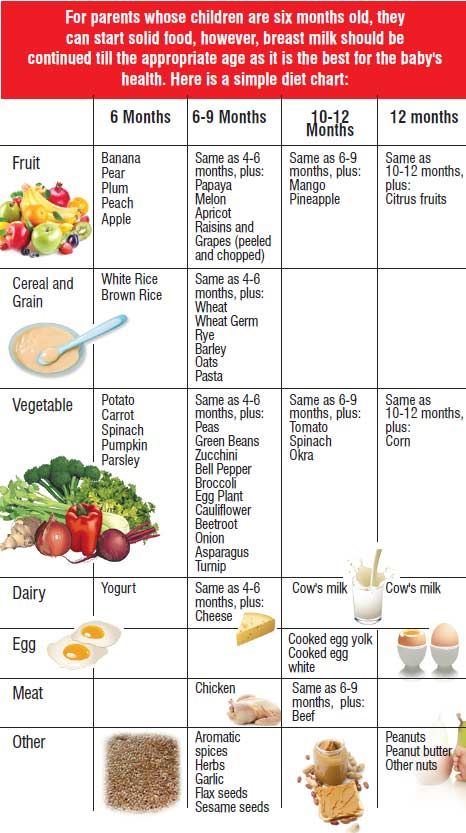 A well-fed baby becomes energetic, active, explores the world with pleasure. Rice for a one-year-old child can be prepared in many ways, no doubt, many dishes will appeal to the baby.
A well-fed baby becomes energetic, active, explores the world with pleasure. Rice for a one-year-old child can be prepared in many ways, no doubt, many dishes will appeal to the baby.
From what age to give rice to children
It is recommended to postpone the first acquaintance with cereals - corn, rice or buckwheat until the age of 6-7 months. During this period, the child's body is ready for such food. Except for the following cases:
- the baby suffers from constipation;
- the baby is obese - rice will accelerate the weight gain of the child;
- baby suffers from colic. Eating rice will exacerbate the problem.
At what age a child can take rice, each parent decides independently after consulting with a pediatrician. nine0007
The optimal period for introducing rice into the diet depends, among other things, on the type of feeding.
- For breastfeeding babies, rice is recommended not earlier than 6-7 months.
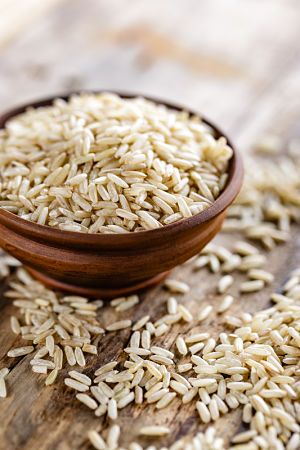
- Artificial babies can be given rice a little earlier.
Rice, like most foods for the first feeding, should be introduced into the diet slowly, gradually. Pay close attention to how your body reacts. In the absence of a negative reaction, you can continue the introduction. nine0007
Rice benefits for baby
Rice is great for the first feeding. Due to the starch-mucous structure and enveloping action, rice porridge has a beneficial effect on the child's gastrointestinal tract and protects the stomach from irritation.
Rice is especially useful for children prone to diarrhea. Rice groats have a pronounced fixing effect.
Nutritionists say that rice porridge is the most tender and best for complementary foods. Even for babies with sensitive digestive systems. For the smallest, rice porridge is also preferable because it does not contain gluten. Groats are considered the best substitute for wheat.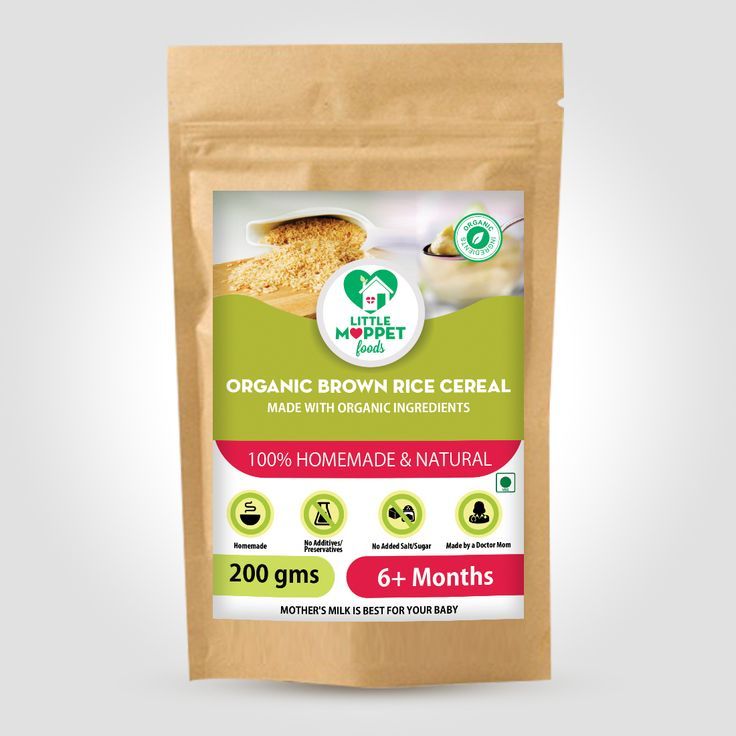 nine0007
nine0007
Rice for children from one year old and older perfectly replenishes energy costs, is an important source of minerals and proteins.
The product contains: potassium, calcium, magnesium and phosphorus, as well as folic acid, carotene, thiamine, 8 essential amino acids.
Porridge is rich in complex carbohydrates that help maintain the child's muscle strength. With proper preparation, porridge will satisfy hunger for a long time and give the baby pleasure from the meal.
Which rice is healthier for a child?
The most popular in our latitudes are round-grain, medium-grain and long-grain rice. Less commonly cooked brown and steamed. These cereals are eaten by mothers on a diet, but they are in no hurry to give to babies. And in vain. In moderation, all types of rice are good.
- Round grain rice contains the highest amount of starch. The groats are well boiled, becoming sticky, soft, creamy. Round grain rice is ideal for making casseroles, puddings.
 nine0108
nine0108 - Medium grain rice sticks much less when cooked, but absorbs the flavors of other ingredients very well. Also suitable for casseroles, soups. In moderation, the product is recommended for children.
- Long grain is less boiled than others. Long and thin grains do not stick together during cooking. This type is versatile and suitable for cooking any dishes.
- Brown rice is healthier than white. Grains with preserved bran shell save more valuable substances. However, brown rice is coarser, more expensive, takes longer to cook, and has a shorter shelf life. Brown rice is recommended for children aged 9 and over.-10 months and older. At an earlier age, brown rice should only be given mashed.
- Parboiled rice is less valuable than brown, but healthier than white. It retains up to 80% of useful substances. Groats are ideal for cooking pilaf. The grains do not stick together and do not lose their taste properties even when reheated.
Children's Rice: Recipes and Instructions
Rice is thoroughly washed before cooking until the water is completely clear. nine0007
nine0007
- Round and medium grains, it is recommended to soak an additional 15-20 minutes in warm water, then rinse again in cold water.
- Long-grain and steamed, after washing, pour boiling water over, and then pour over with cool water again.
How to cook rice for a child
Once the rice has been washed and processed, it must be ground and only then boiled. You can grind the product in a blender or coffee grinder. Porridge for a child is boiled in water, milk or milk with the addition of water. Sugar in the composition of the dish is best avoided, especially if you are preparing a dish for children under one year old. nine0007
The rice itself makes the porridge sweet. You can also add fruits or berries that are suitable for the age of the baby.
In addition, rice goes well with vegetables, fish, meat, cream, cinnamon, olive oil.
Age restrictions and the presence of allergic reactions must be taken into account!
To avoid problems with fixing the stool, it is recommended to boil porridge on a decoction of fennel, prunes, add mashed dried fruits.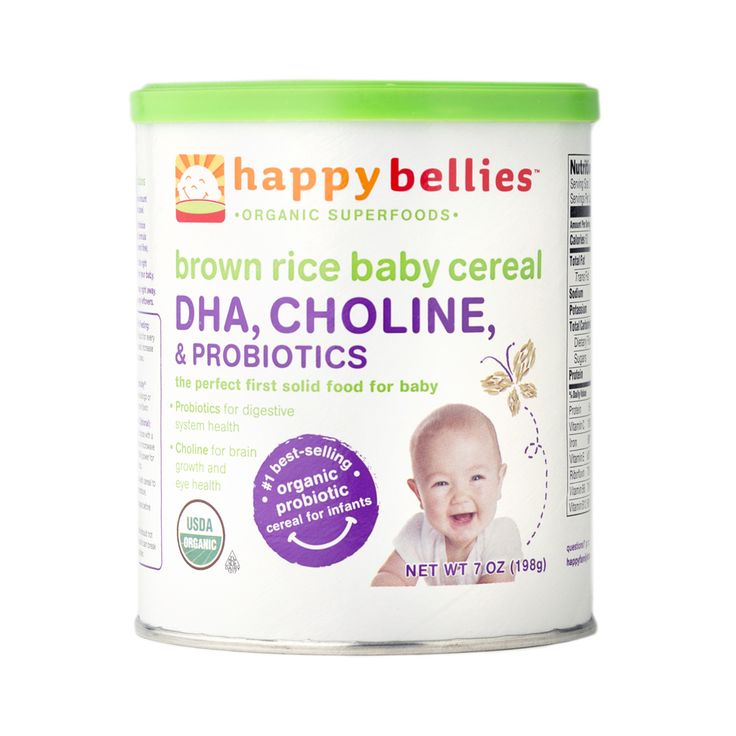 You can also feed the baby with ready-made rice porridge purchased at the store in the baby food section. nine0007
You can also feed the baby with ready-made rice porridge purchased at the store in the baby food section. nine0007
Rice porridge with pumpkin recipe
Ingredients:
- 250 g raw pumpkin;
- 50 g white rice;
- 150 ml skimmed milk;
- a pinch of salt to taste;
- sweetener - honey.
Preparation:
- wash pumpkin, peel, remove seeds;
- cut the pulp into cubes, place in a saucepan;
- add pre-washed rice; nine0108
- salt a little, mix, light a fire;
- cook for 25 minutes, stirring frequently over medium heat.
Before serving, add a piece of butter and a teaspoon of natural bee honey.
How to store rice for children
It is equally important to know the rules for storing rice grains.
- Keep grits in a sealed jar away from sunlight and heat sources. Glass, earthenware or tin containers are preferred.


